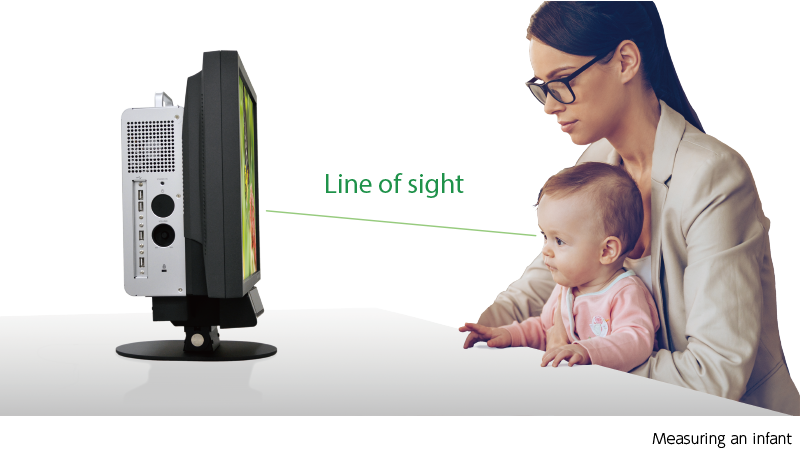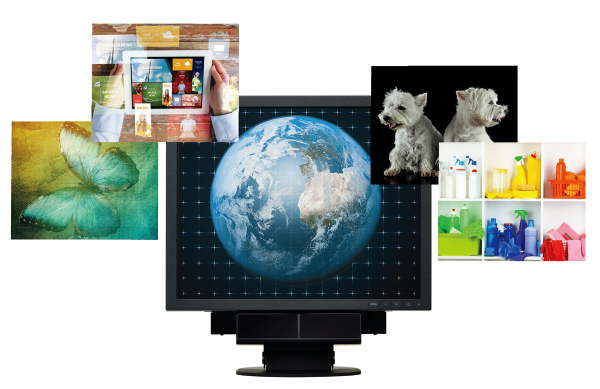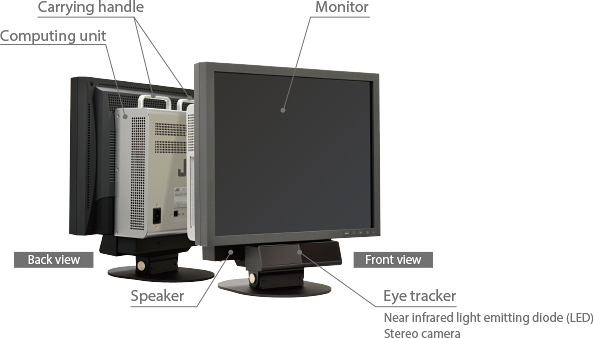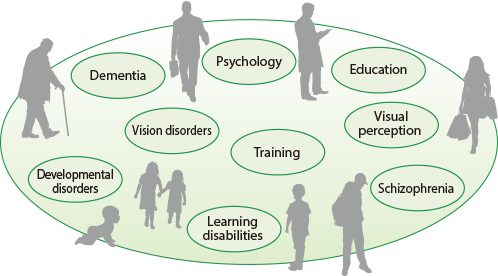The answer? It’s right before your eyes.
The eyes don’t lie, as the saying goes. People unconsciously stare at what they like and what interests them and look away from what they don’t like. Gaze measurement visualizes connections between people’s interests and brain activity and makes them objectively and quantitatively assessable. New clues and answers can now be found.
With gaze tracking systems that visualize gaze points on a screen, the calibration done for each subject determines the accuracy of results. For Gazefinder, original algorithms were developed from measuring and testing over 1,000 people, including infants. Accurate calibration is achieved quickly, in about 15 seconds.

We created a portable system by integrating an image-presenting monitor, an eye tracker, and a computing unit. Not only is the system easy to install, with no complicated connections, but the monitor and camera positions do not require correction. Once the system has been turned on, measurements can be taken quickly.
To resolve the problem of users being deterred from applying gaze measurement systems to their research because they seem difficult to operate and time consuming to master, we made intuitive operation possible by adopting a simple and functional screen. In addition, new images can be added easily from USB sticks.

Image files that can be imported

The system computes gaze points on the monitor from the positional relationship between the pupil and the corneal reflection of light from the near infrared light emitting diode (LED).


Gaze point analysis of chest X-ray images
Images were provided by Professor Toshihiro Ogura of Gunma Prefectural College of Health Sciences and Graduate School.
Research objective:
Analyze the gaze tracing of experts and students and confirm tendencies.
Results:
Average reading time was shorter for experts than for students.
Average detection rates were significantly higher for experts than for students.

*Images shown are for illustrative purpose only.
